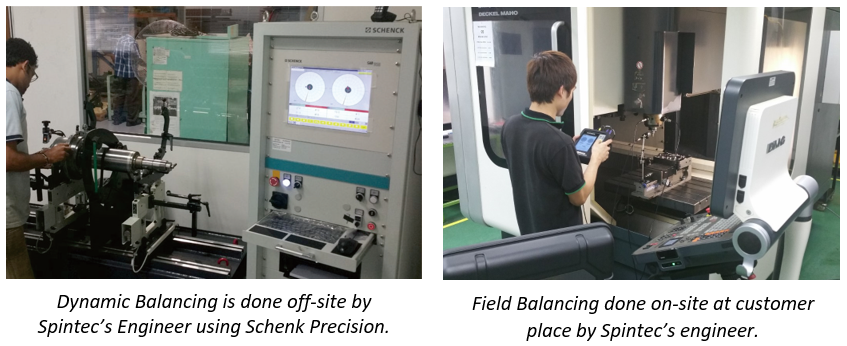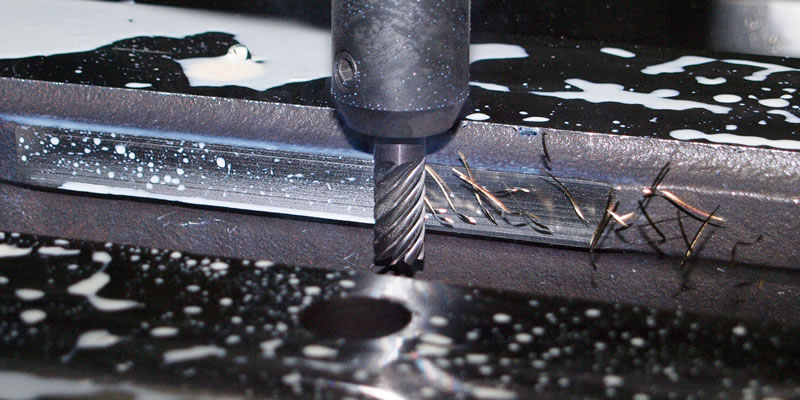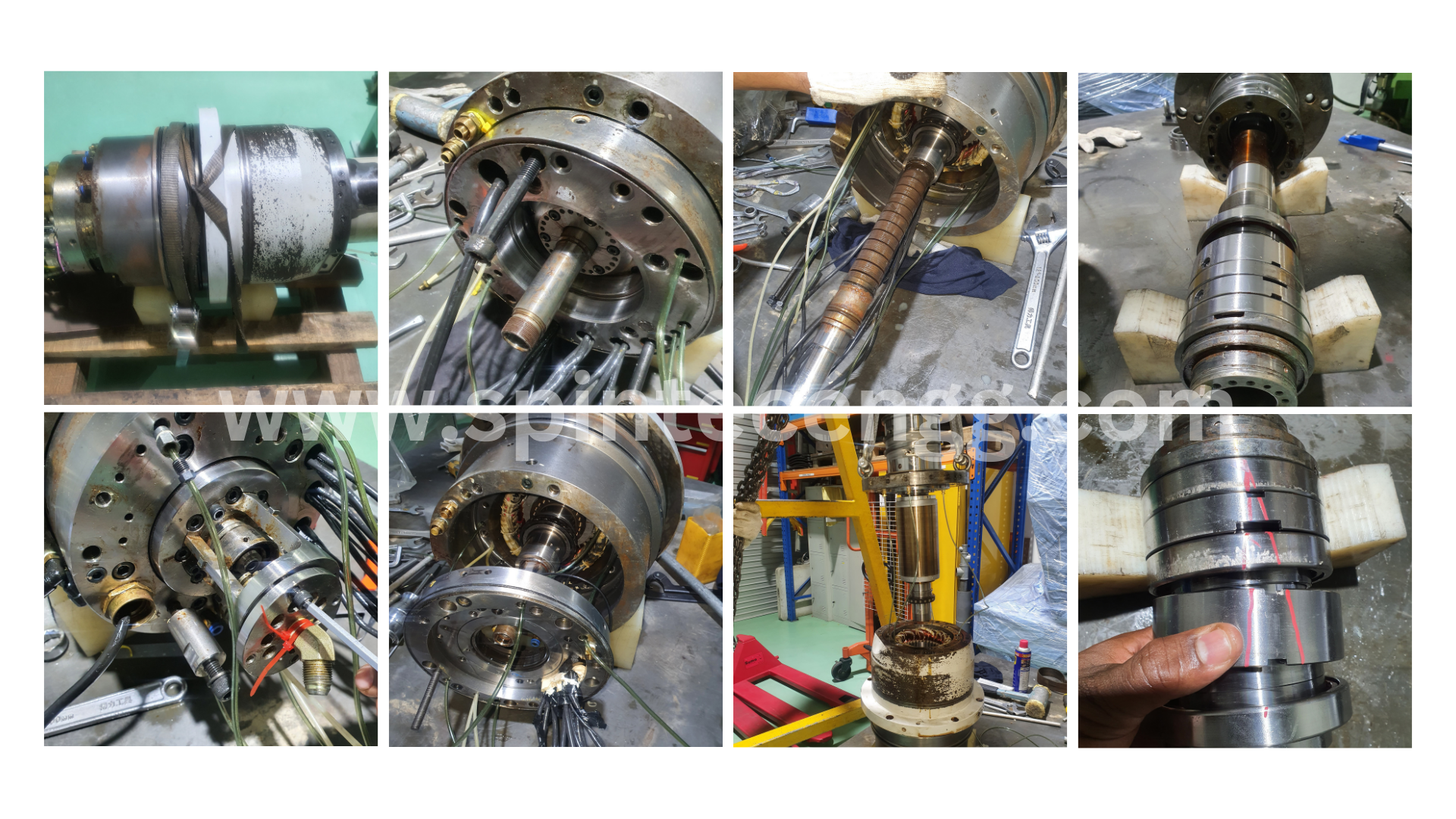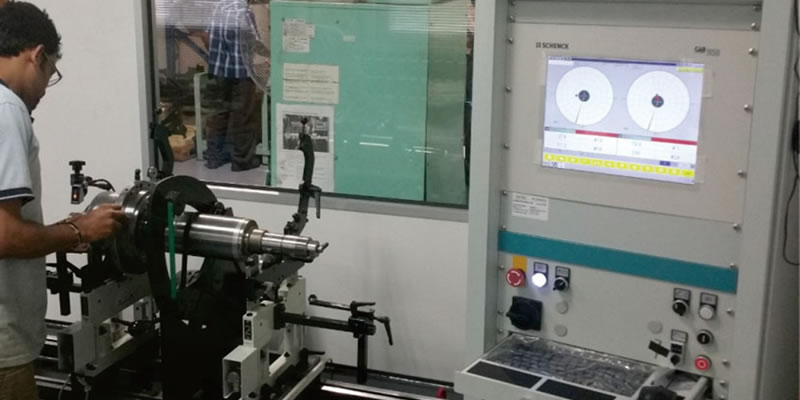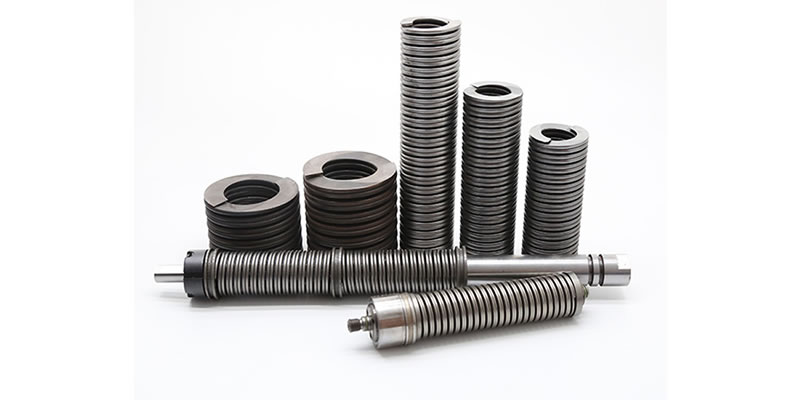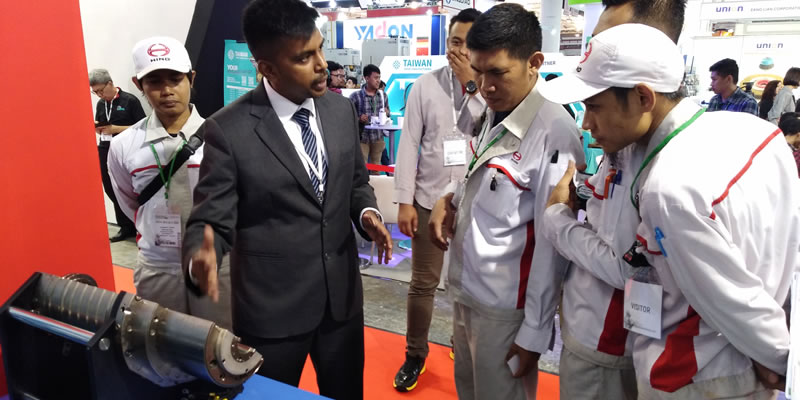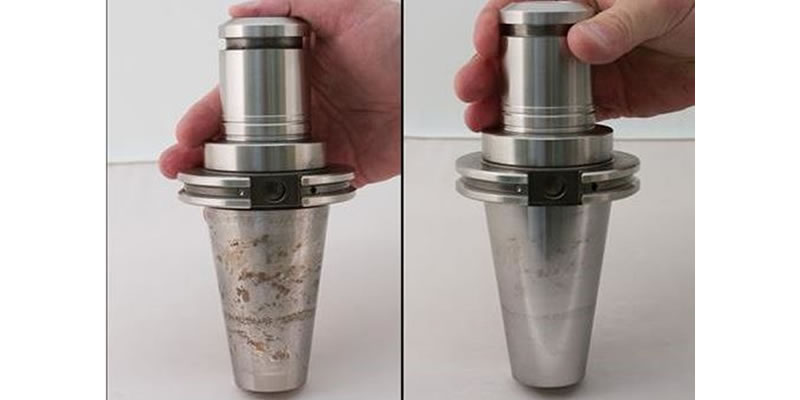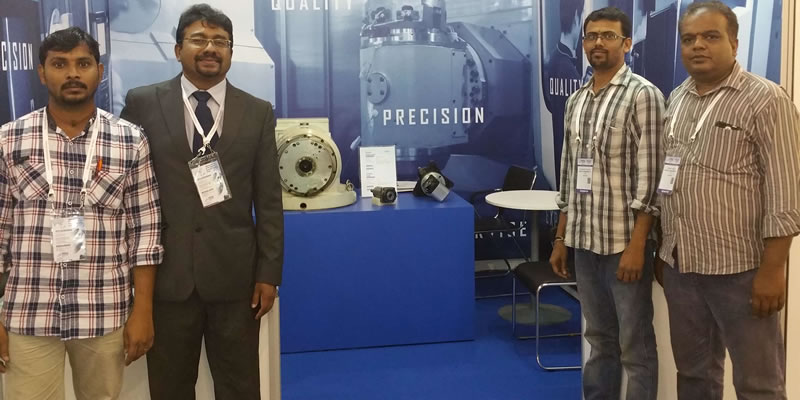WHAT IS SPINDLE BALANCING?
Wondering what is spindle balancing is all about? Yes, mate! You are at the right place, especially if you are a CNC machine user.
The image below shows the different levels of finishing of a machined part made by a CNC machine:

Now, assuming you are the user of this machined part, which type of finishing you prefer the most? Most probably the one on the right, isn’t it? This is the result of a CNC machine with a balanced spindle and the one on the left is a result of an unbalanced spindle. A spindle requires balancing in order to produce good quality parts as shown in the image above.
Now, assuming you are the user of this machined part, which type of finishing you prefer the most? Most probably the one on the right, isn’t it? This is the result of a CNC machine with a balanced spindle and the one on the left is a result of an unbalanced spindle. A spindle requires balancing in order to produce good quality parts as shown in the image above.
Balancing is a process that is done for all rotating cylindrical parts of the CNC Machine Tool to reduce unbalance (uneven mass). This process will reduce the vibration and the bearings’ loads when spinning. It has to be noted that a bearing’s life is proportional to the load and speed. The presence of the unbalance in the running spindle will transfer the load to the bearing. When you run a CNC machine at a high speed, the load transferred to the bearings will result in an increasing centrifugal force. This will cause the bearing to damage and its life to decrease. Thus, balancing is very important to improve overall performance and machine reliability.

Now, let us see some numbers to reflect what is written above!
All you must remember is to have:

Well, it is not the type of fun that you may think about but:
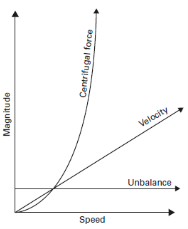
F = Centrifugal force
U = Rotor unbalance, (mass x radius)
N = Angular velocity2, ω2, ( 2πN/60)
Looking at the graph, let say the unbalance is kept constant, as you increase the operating speed, the centrifugal force increases to the square of your speed. As a result, your magnitude (vibration) also increases producing noise and bad output.
Example 1: Computation below shows the impact on the centrifugal force at a constant unbalance
Given that a screw weighs 3 grams with a radius of 40mm,
Unbalance = mass x radius
= 3g x 40mm
= 120gmm
= 0.00012kgm, constant

Conclusion: Here you can see that with a constant unbalance, your centrifugal force increased as you increase the speed by 10,000 rpm.

At Spintec, the balancing process is a must when we service/repair your spindle. During the spindle assembly process, all the rotating parts will be assembled, and we will then carry out dynamic balancing using a dynamic balancer to match with the ISO1940-1 standard. However, after the balanced spindle has been installed onto the machine, there will be some additional vibration influenced by the machine’s structure. In this situation, we will perform field balancing using field balancing equipment to remove the vibration and the spindle is now completely ready for your use now. Contact us at (+65) 6369 9693 if you have any issues with your spindle and we can refurbish and deliver to you the balanced spindle!
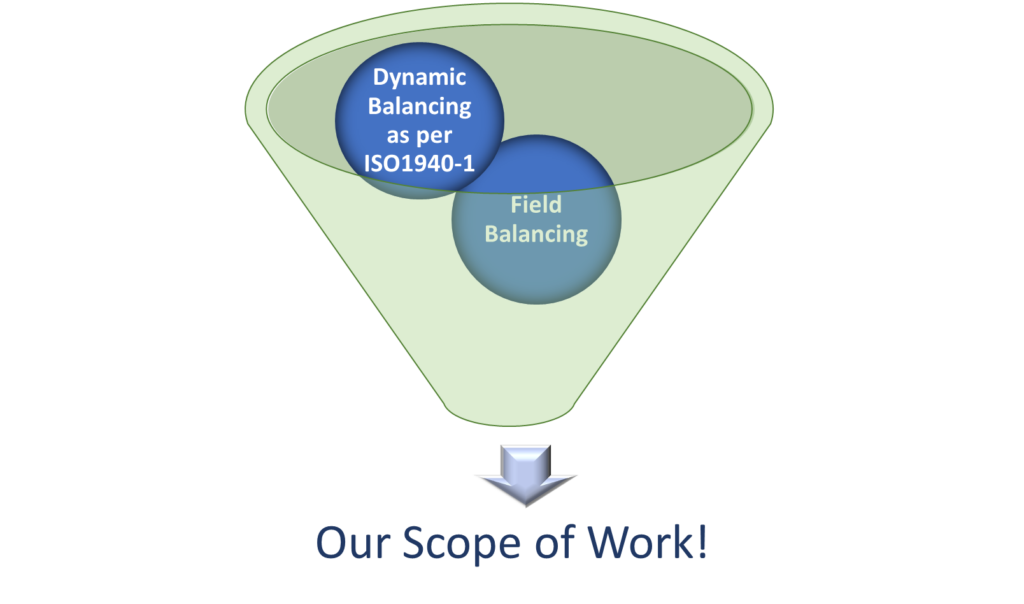
The images below show the in-house balancing and field balancing carried out by our well-trained engineers.
